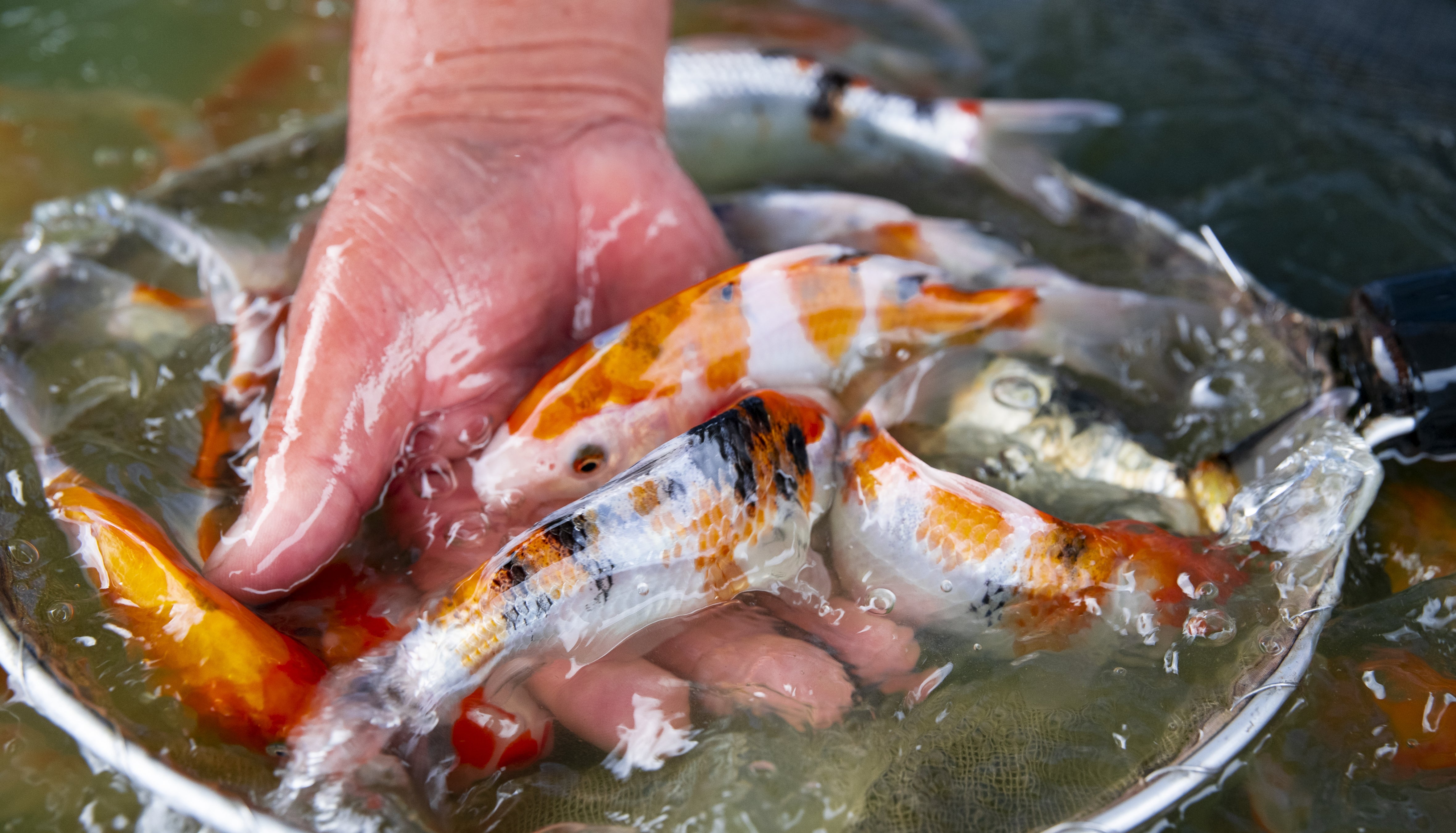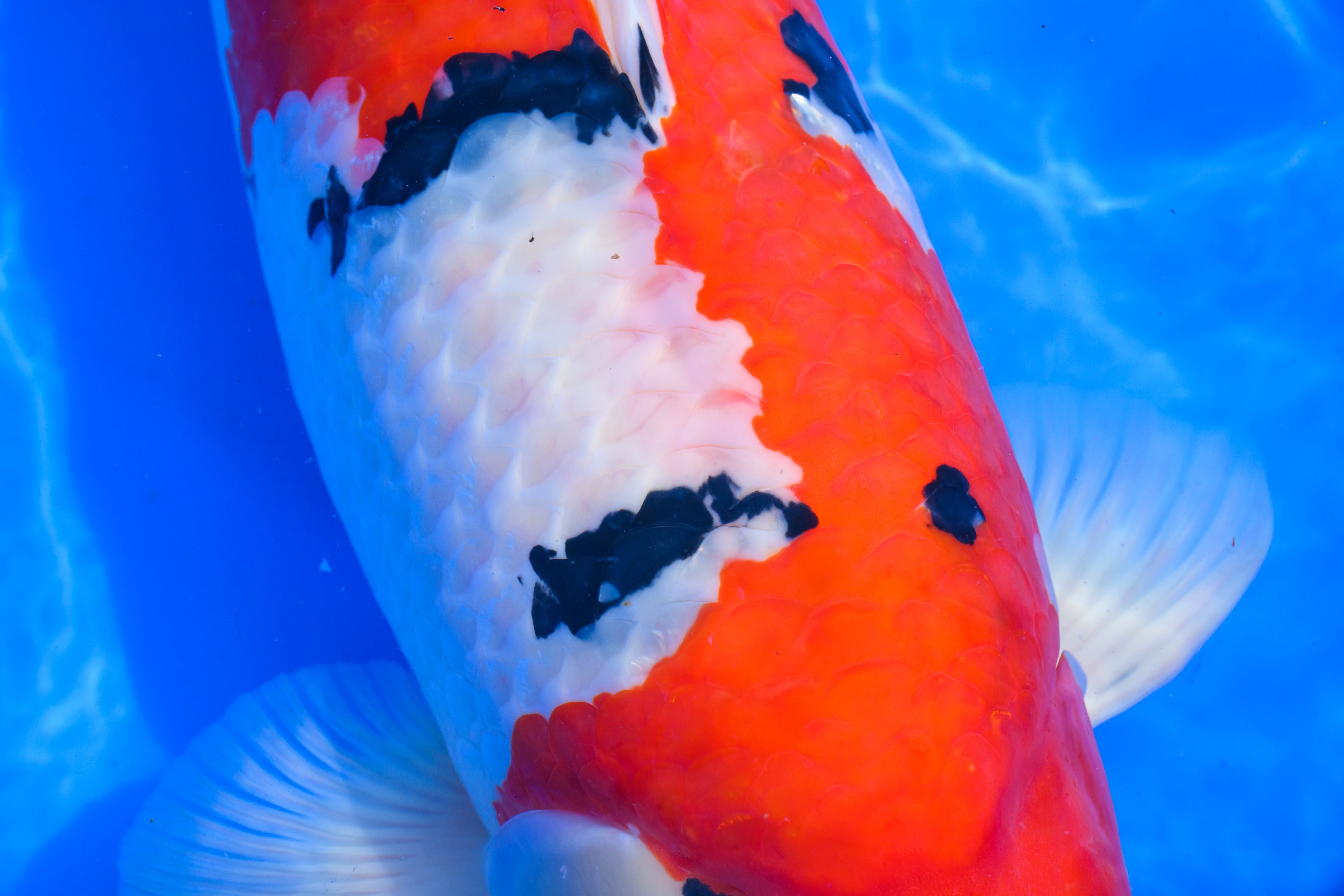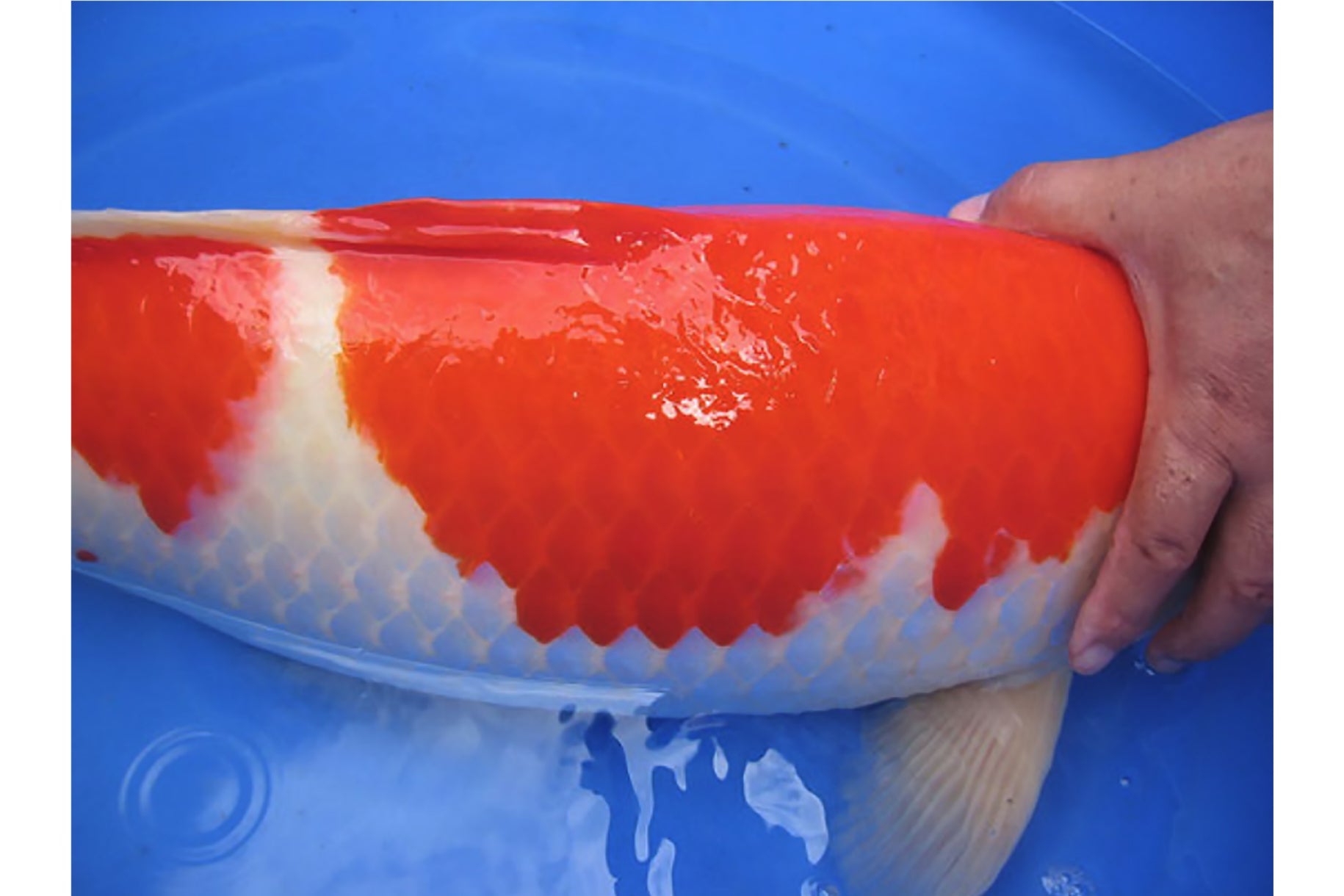Many people may have the impression that Nishikigoi are expensive and difficult to get into. However, the way Nishikigoi is enjoyed varies from person to person, and prices range from cheap to expensive.
One way to enjoy Nishikigoi is to aim for high praise at competitions, but I think the real way to enjoy it is to appreciate the original beauty of Nishikigoi and enjoy its growth. It is important to understand the environment of your pond and the purpose of having koi, and choose the koi that is suitable for you.
Here, we will briefly touch on the history of Nishikigoi, and explain how to view Nishikigoi and how to raise them, which are generally considered good. I hope you will find this helpful as a reference for your future Nishikigoi life.

How to see Nishikigoi
Nishikigoi was born in Japan and has been popular as a part of Japanese art and culture since ancient times. Japanese art was born and nurtured in a simple and close relationship with nature. Furthermore, Japanese aesthetic sense not only pursues surface beauty, but also pursues inner beauty. Nishikigoi is strongly influenced by the aesthetic sense of Japanese art.
In reality, it is difficult to learn how to identify excellent Koi, but to put it simply, a good Koi is one that retains its beauty for a long time.
So, what kind of Koi will maintain its beauty for a long time?
The first thing to pay attention to is the quality of the skin. For example, even if you dye a cotton kimono using the same dye as silk, it will not have the same shine as a silk kimono. This is because the fineness of the grain is different. Koi have fine skin, and even after their bodies grow older, they do not become scarlet evenly. It's not just that your skin color is white; it's important that your entire body has a varnished luster.

You need to be careful with hard red beni from an early age. The red color may scatter as you stretch your body. When choosing a koi that is around 2 to 3 years old, it is important to choose a koi that is shiny and has a sticky red color, as the hiban color does not necessarily have to be red yet. In terms of how to apply the paint, a good red is one that looks like it has been applied two or three times, without any strength or weakness, and has a rich, half-dry color.

At the fair, in addition to this, a comprehensive evaluation is made from various points such as body size and pattern technique.
Nishikigoi has a deep meaning. That's why it fascinates me. It is important to train your eye by actually seeing many excellent carp. By doing so, I think you will be able to find new value in Nishikigoi.
How to raise Nishikigoi
Koi have a one-year cycle. Spawning in the spring, growth in the summer, preparation for hibernation in the fall, and hibernation in the winter. Koi spend the year adapting to Japan's four seasons.
It is said that when carp eat food, they consume three to four times more oxygen than usual. If your pond doesn't have enough aeration, it can cause indigestion and even death.
For sunny ponds or small ponds, care must be taken to ensure that the water temperature does not rise too much in the summer. The best water temperature for carp health is 24°C to 25°C. This is because carp, which is a cold-blooded animal, activates its metabolism at this temperature. When the water temperature gets close to 30 degrees Celsius, it becomes difficult for carp to eat food.

